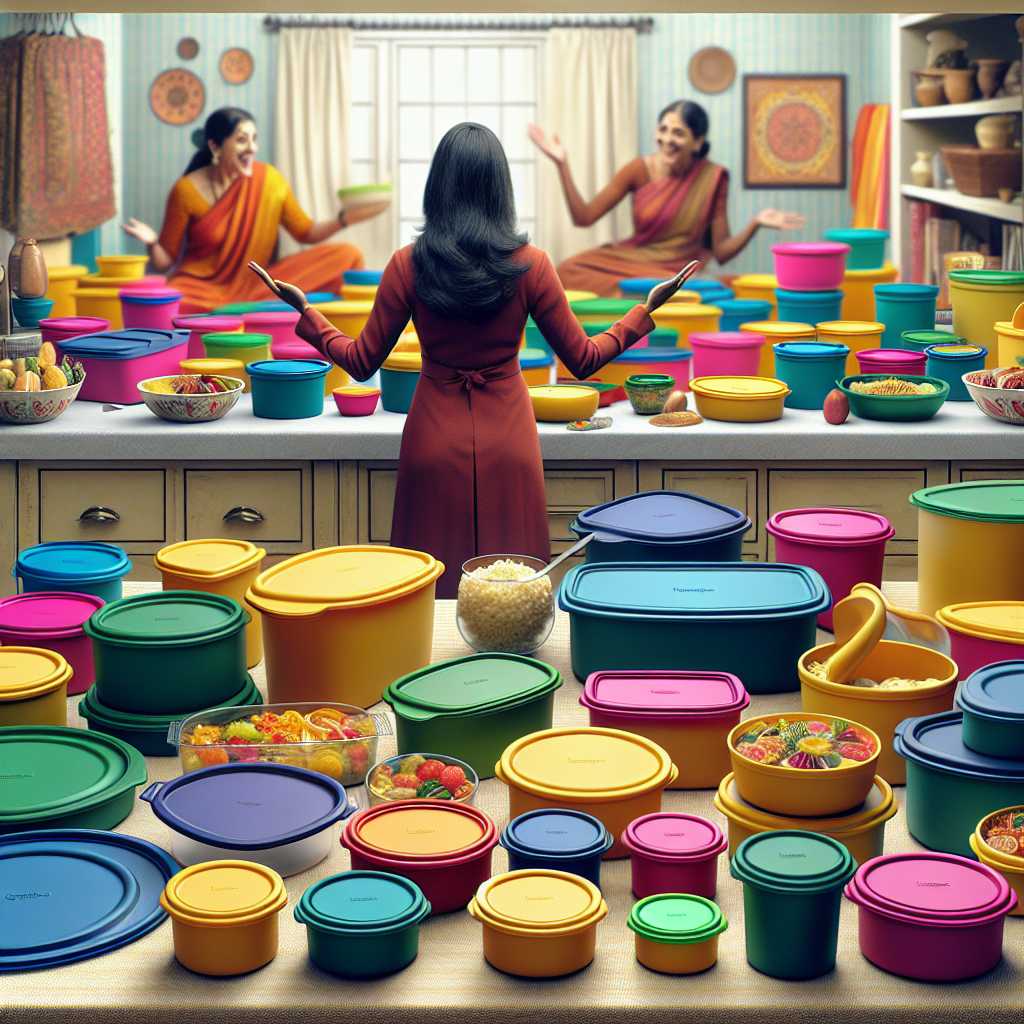The Enduring Legacy of Tupperware: A Look into Its Global Impact and Continued Relevance
Tupperware, a name synonymous with plastic storage containers, has become an essential part of kitchens around the world. Through innovation in design and direct sales, it has shaped not just food preservation, but also social structures by empowering its sales workforce. Let’s dive into the storied history of Tupperware, its development and impact over time, the challenges it faces in a world increasingly wary of plastics, and its strategies for sustainability and continued relevance.
Historical Perspective of Tupperware
Tupperware’s story began with the ingenuity of Earl Silas Tupper, an American inventor and businessman. In the 1940s, Tupper developed his line of plastic containers famed for their “burping seal” which mimicked the sound of air being pushed out to create an airtight lock, ensuring food freshness. The invention was revolutionary, but its true success came through an innovative marketing strategy involving home party demonstrations.
The Tupperware Party and Empowerment
Under the guidance of marketing executive Brownie Wise, Tupper introduced the Tupperware Party model. Hosted by individuals in their own homes, these gatherings weren’t just about selling products; they were social events that cultured community engagement. Mainly hosted by women, the parties offered them an opportunity for empowerment and financial independence at a time when such opportunities were limited.
Product Development Over the Years
Through the decades, Tupperware has expanded its range beyond simple storage to cutting-edge kitchen gadgets, microwave safe cookware, beautification systems, and even environmentally conscious products. The company has continuously innovated to align with consumer needs and trends while maintaining the durability and design quality that has become expected from them.
The Social Impact of Tupperware
Tupperware’s social impact cannot be overstated. By putting sales directly into buyers’ hands, it reinforced interpersonal networks and community building. It also established a new avenue for entrepreneurial ventures, especially among women. While it created domestic convenience, culturally it served as a vessel for broader socio-economic transformations.
Challenges Faced in the Era of Conscious Consumption
In recent years, the rise of eco-conscious behavior and concerns over plastic waste have put Tupperware under scrutiny. People are becoming more aware of the environmental footprint of their purchases, pushing Tupperware to rethink its product materials and recyclability.
Tupperware’s Strategies for Environmental Sustainability
In response to these challenges, Tupperware has initiated measures to reduce its environmental impact. It has started to integrate more sustainable practices in manufacturing and product development, aiming for a circular economy model where product life-cycles are extended through durability, reuse, and improved recycling processes.
Adapting to Digital Consumer Patterns
Furthermore, in adapting to the digital age where e-commerce is predominant, Tupperware is adjusting its traditional party-sales method to stay relevant. Online catalogues and virtual parties are going hand-in-hand with physical ones as the company evolves with current purchasing behaviors.
Future Direction for Tupperware
As cultural norms continue to shift toward both gender equality and environmental consciousness, Tupperware’s adaptability will be key to its sustained success. It is poised to reinvent itself whenever necessary while staying true to the principles of quality design and customer education that propelled its original fame.
Notes
*Image description: A collection of colorful Tupperware containers variously sized displayed on a kitchen counter. Some lids are off showing the patented air-tight seal technology. In the foreground is a woman hosting a small gathering around the products.*
